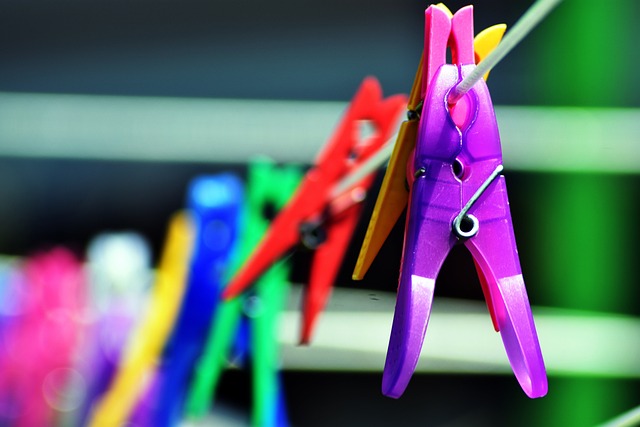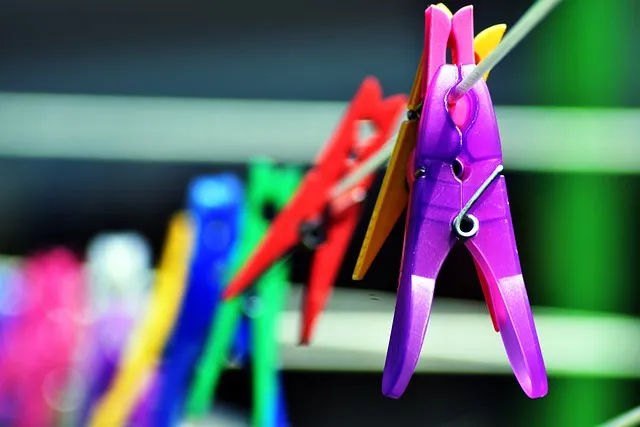What Are the Energy Efficiency Standards for Dryers in Different Countries?
In the United States, energy efficiency is a big deal. The U.S. Department of Energy (DOE) sets standards that require dryers to be more efficient and use less energy. This means your dryer should ideally have a high Energy Factor (EF), which is a measure of efficiency in how much electricity is used per load. The DOE’s regulations ensure that newer dryers are more energy-efficient compared to older models, which can save you money on your utility bills and help the environment.
Across the pond in the European Union, things are a bit different but just as stringent. The EU uses an Energy Label system, which ranks appliances from A+++ (most efficient) to G (least efficient). Dryers with higher ratings use less energy and are more environmentally friendly. The EU also has specific regulations on the maximum amount of energy a dryer can consume, aiming to push manufacturers toward creating more eco-friendly products.
In Australia, the approach is quite similar to that of the EU. The Australian government has an Energy Rating Label system, which helps you easily compare the efficiency of different dryers. The labels feature stars, with more stars indicating higher efficiency. Australian standards are designed to ensure that dryers don’t just meet a minimum efficiency level but exceed it, making them some of the most energy-efficient models available.
And let’s not forget Canada, which follows a system akin to the U.S. The Canadian government’s energy efficiency regulations for dryers are aligned with those in the U.S., ensuring that dryers sold in Canada are equally efficient and environmentally friendly.
So, wherever you are in the world, there’s a good chance that your next dryer will be designed to meet strict energy efficiency standards, saving you money and helping the planet.
Global Dryer Standards: How Different Countries Tackle Energy Efficiency
In the United States, for instance, the focus is on stringent efficiency ratings. The U.S. Department of Energy mandates rigorous standards that dryers must meet to qualify for Energy Star certification. This means that American dryers are engineered to use less energy and reduce utility bills, like a savvy shopper finding the best deals without compromising on quality.
Across the Atlantic, Europe has its own set of rules. The European Union’s regulations are equally tough, but they incorporate different metrics and testing methods. European dryers often come with features designed to minimize energy consumption even further, like heat pump technology that recycles hot air. Think of it as a high-efficiency blender that reuses energy to make the perfect smoothie.

In Australia, the approach is more about balancing efficiency with environmental impact. The Australian government promotes dryers that meet specific energy ratings, but they also emphasize minimizing carbon footprints. It’s like driving a hybrid car that’s good for both your wallet and the planet.
Meanwhile, in countries like Japan, the emphasis is on integrating advanced technology. Japanese dryers might incorporate features like sensor-based drying, which adjusts the drying cycle based on moisture levels, optimizing energy use. Imagine a smart thermostat that adjusts your home’s temperature perfectly, saving energy while keeping you comfortable.

Each country brings its unique twist to energy efficiency, showing that while the end goal is the same—reducing energy use and costs—the methods can be as varied as the cultures themselves.
From Europe to Asia: A Comparative Look at Dryer Energy Efficiency Standards
In Europe, energy efficiency is like a well-oiled machine. The European Union has stringent regulations aimed at reducing energy consumption and greenhouse gas emissions. They use a system known as the EU Energy Label, which rates appliances from A+++ to D. This system encourages manufacturers to innovate, making dryers that use less energy while performing efficiently. It’s almost like having a built-in coach that keeps appliances in check.
Now, shift your gaze to Asia, where the approach can vary significantly. In countries like Japan and South Korea, energy efficiency is also a top priority, but the standards and labels might differ. For instance, Japan uses a different energy efficiency labeling system compared to Europe, reflecting its unique climate and consumer needs. The focus here is not just on energy savings but also on how well dryers handle the specific demands of Japanese households.
China, on the other hand, is rapidly catching up with its own set of regulations and standards, aligning more with global practices. They are working hard to improve the energy efficiency of their appliances, aiming to meet international expectations while adapting to their large and diverse market.
So, what’s the takeaway from this transcontinental comparison? While both Europe and Asia are committed to enhancing energy efficiency, their methods and standards reflect their regional priorities and conditions. It’s a global patchwork of innovation and regulation, each piece contributing to a more energy-conscious world.
How Energy Efficiency Regulations for Dryers Vary Worldwide: A Comprehensive Guide
In the United States, for instance, dryers are subject to stringent efficiency standards set by the Department of Energy. These rules mandate that new dryers must meet certain energy consumption limits, which helps reduce electricity bills and environmental impact. Think of it like having a fitness tracker on your dryer that keeps it in shape by monitoring how much energy it’s using.
Now, if we hop over to Europe, things get a bit different. The European Union has its own set of energy efficiency labels and regulations. Here, dryers are rated from A+++ to D, with A+++ being the most efficient. It’s similar to choosing the best student in class based on their grades—only in this case, you’re choosing the most energy-efficient dryer.
Then there’s Australia, which has its own energy rating system too, but it’s not quite the same as Europe’s or the U.S. Instead of letter grades, Australian dryers are rated using a star system. The more stars, the better the efficiency. It’s like comparing a high-achieving student to a star performer in a talent show.
So, if you’re buying a dryer and are concerned about energy consumption, keep in mind that what’s considered efficient can vary depending on where you are. Just as different countries have unique customs and traditions, they also have diverse standards for what makes a dryer energy-efficient. It’s like each country has its own recipe for the perfect energy-saving appliance.
The World’s Best Practices: Energy Efficiency Standards for Dryers by Country
In Europe, for instance, the EU has set some of the strictest energy efficiency standards. They use an A+++ rating system that pushes manufacturers to make dryers that consume less energy while offering top-notch performance. This system isn’t just a badge of honor; it means significant savings on your electricity bill and a smaller environmental impact.
Across the Atlantic, the United States follows a different path with its ENERGY STAR certification. This mark isn’t just about flashy logos; it ensures that dryers meet stringent efficiency criteria, making them up to 30% more efficient than standard models. It’s like having a cheat sheet for energy savings—choose an ENERGY STAR dryer, and you’re on your way to saving both money and resources.
In Australia, the approach is a bit different but equally impactful. They use a star rating system, similar to Europe’s, but tailored to the local climate and energy grid. This system helps consumers select dryers that not only save energy but also perform well in the specific conditions of Australian homes.
When you think about these varying standards, it’s clear that while the methods might differ, the ultimate goal is the same: to make energy-efficient dryers accessible and effective worldwide. From Europe’s rigorous standards to Australia’s tailored ratings, these practices show how a little global effort can make a big difference in our everyday energy use.

